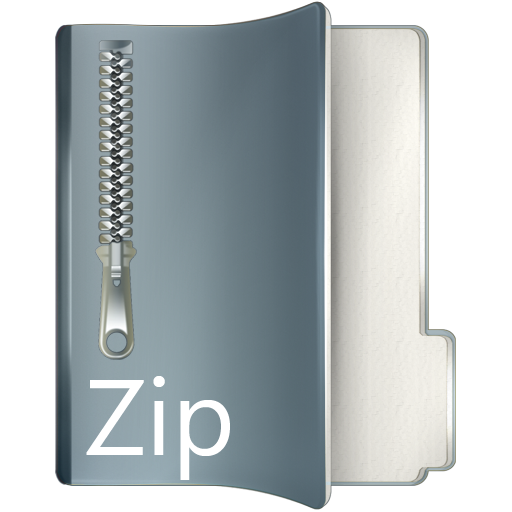Arşiv ve Dokümantasyon Merkezi
Dijital Arşivi
Dijital Arşivi
Design and optimization of a fuzzy-neural hybrid controller structure for a rubbertuator robot using genetic algorithms
JavaScript is disabled for your browser. Some features of this site may not work without it.
| dc.contributor | Graduate Program in Systems and Control Engineering. | |
| dc.contributor.advisor | Özkan, Mehmed. | |
| dc.contributor.author | Erdemir, Erdem. | |
| dc.date.accessioned | 2023-03-16T11:34:43Z | |
| dc.date.available | 2023-03-16T11:34:43Z | |
| dc.date.issued | 2006. | |
| dc.identifier.other | SCO 2006 E73 | |
| dc.identifier.uri | http://digitalarchive.boun.edu.tr/handle/123456789/15628 | |
| dc.description.abstract | This study presents a combination of soft computing techniques, namely back propagation neural network, fuzzy and genetic algorithms that are used to control the Bridgestone Hybrid Robot Arm (BHRA). The workspace of the BHRA's end effector is divided into small segments and the trajectory independent parameters of all these segments are learned by training small size (only three nodes) neural networks for each segment. The structure of these neural networks is based on the physical model, which is derived from the Language-Euler mechanics of the robot arm. To maintain continuity on the small neural networks, we use a basic fuzzy algorithm whose fuzzy membership function parameters are optimized by genetic algorithm (GA). The proposed technique's performance was compared with only-neural network controller and shown to be more accurate in trajectory control for rubbertuator robots. The main goal of this study is to maintain a better off-line control on the rubbertuators by using only small size (3 nodes and one hidden layer) neural networks and a simple fuzzy algorithm with minimal linguistic variables and minimal number of rules. On the other hand, finding a better off-line control ensures that small learning rates will be sufficient for future on-line training control, and choosing small learning rates will decrease the prospect of divergence and the risk of instability in control. | |
| dc.format.extent | 30cm. | |
| dc.publisher | Thesis (M.S.)-Bogazici University. Institute for Graduate Studies in Science and Engineering, 2006. | |
| dc.subject.lcsh | Fuzzy systems. | |
| dc.subject.lcsh | Genetic algorithms. | |
| dc.title | Design and optimization of a fuzzy-neural hybrid controller structure for a rubbertuator robot using genetic algorithms | |
| dc.format.pages | xiv, 52 leaves; |

